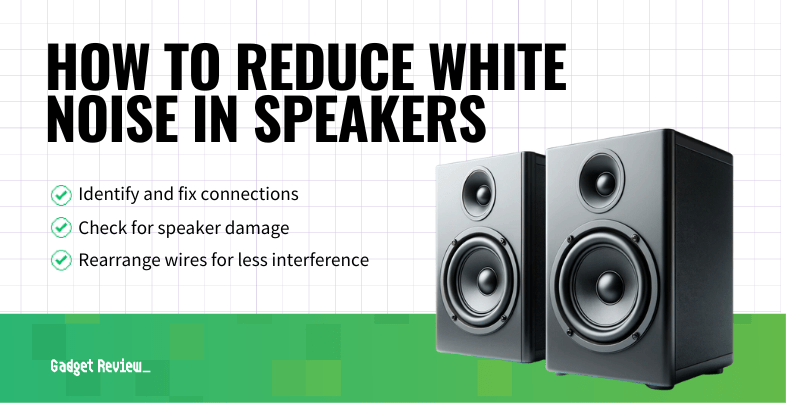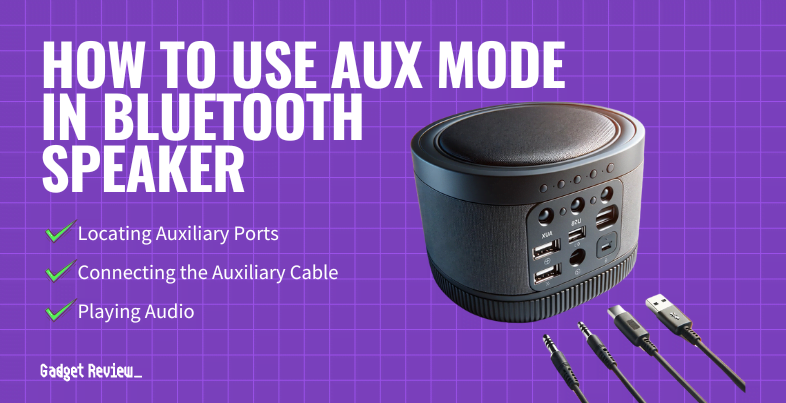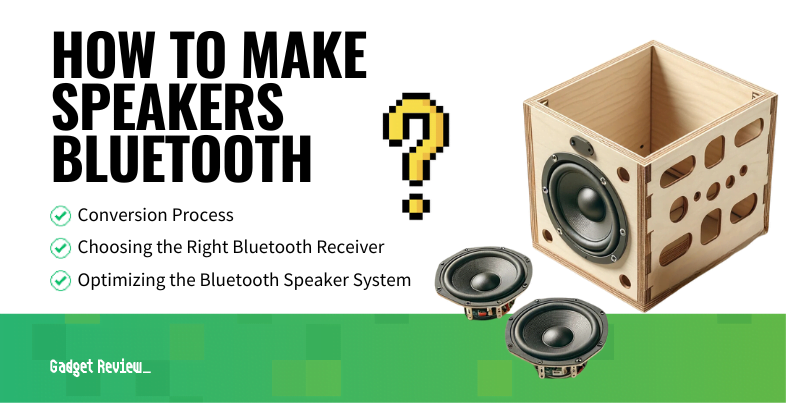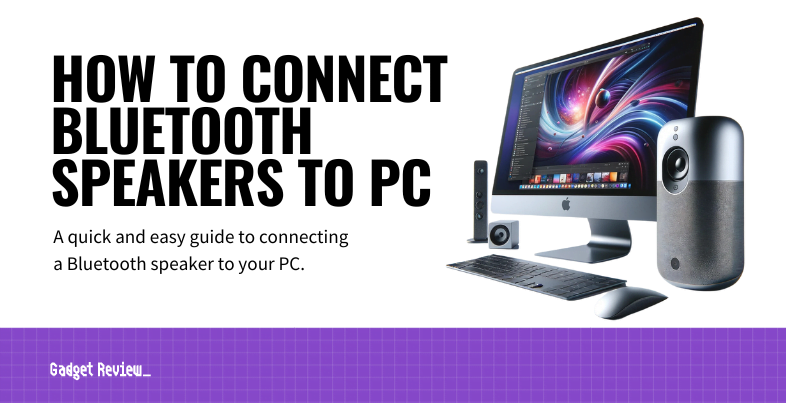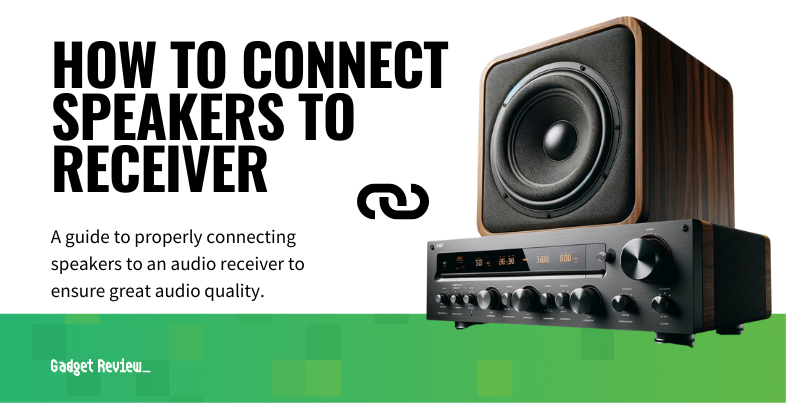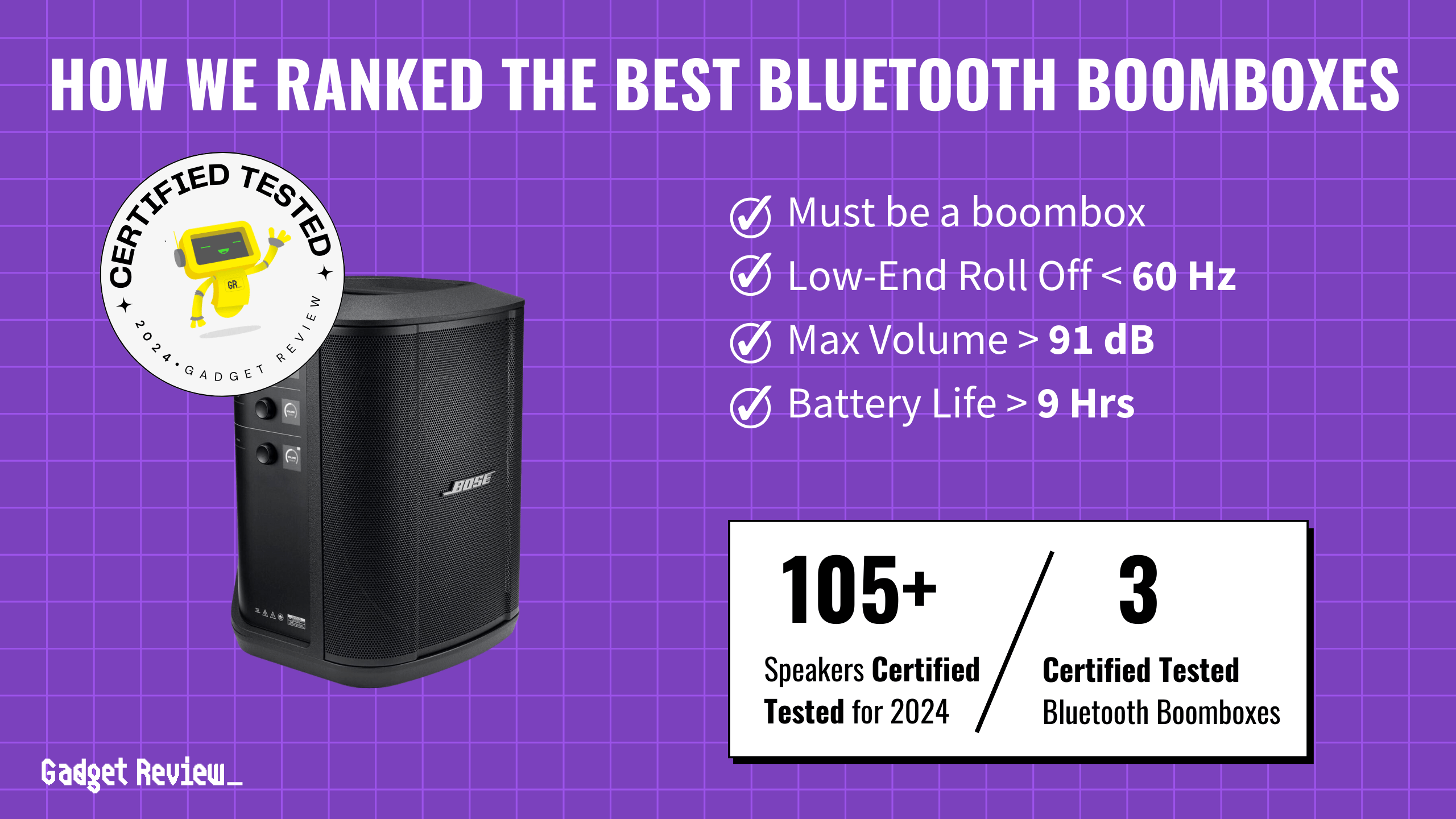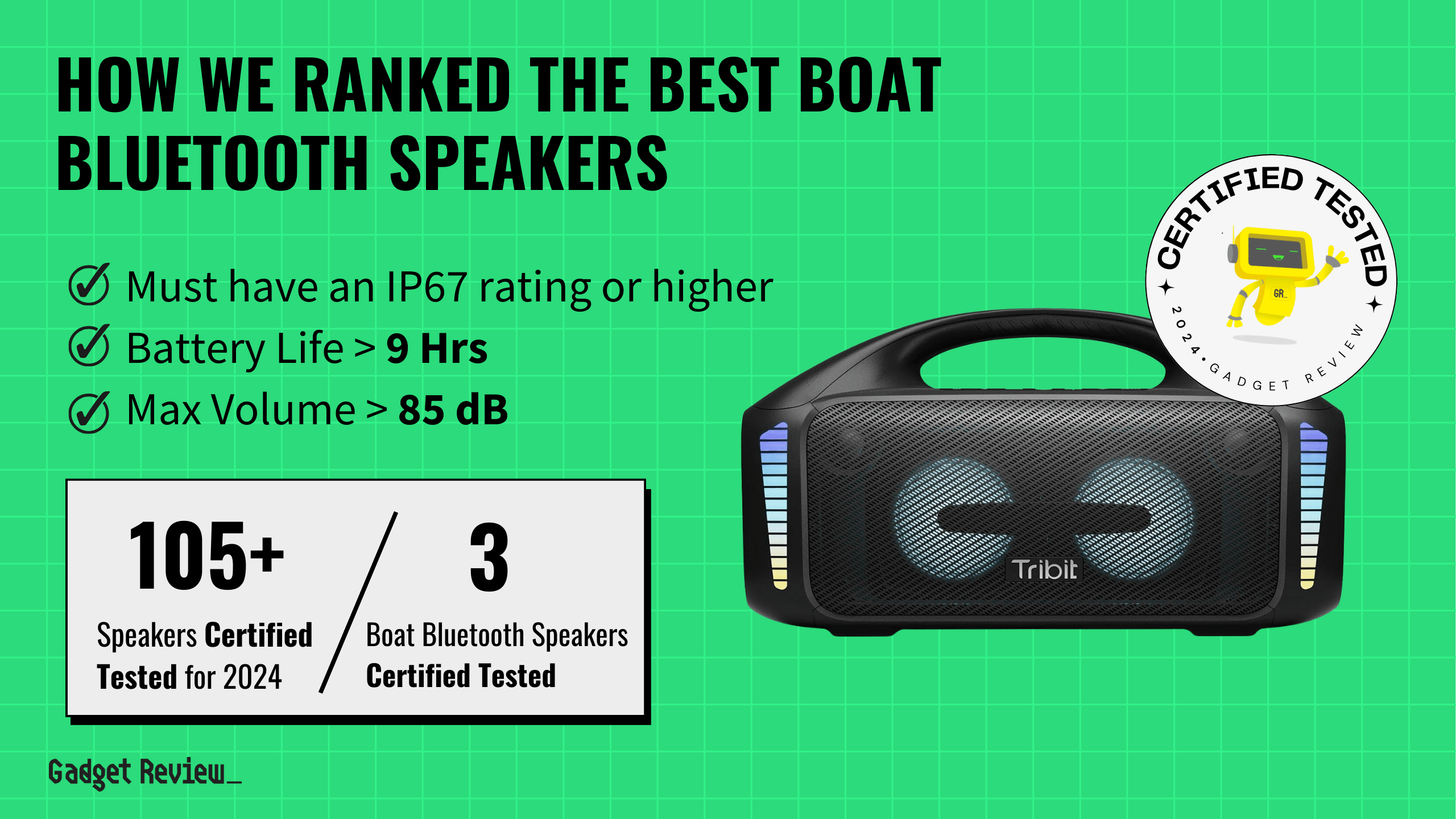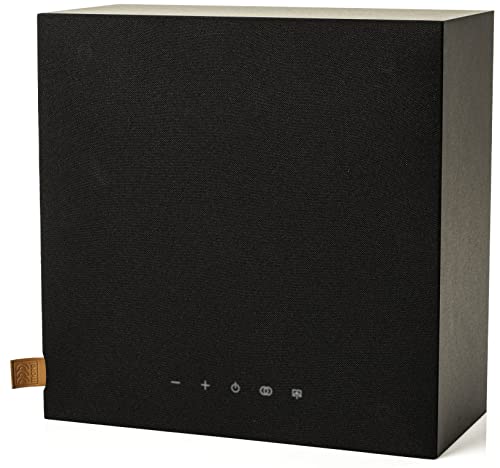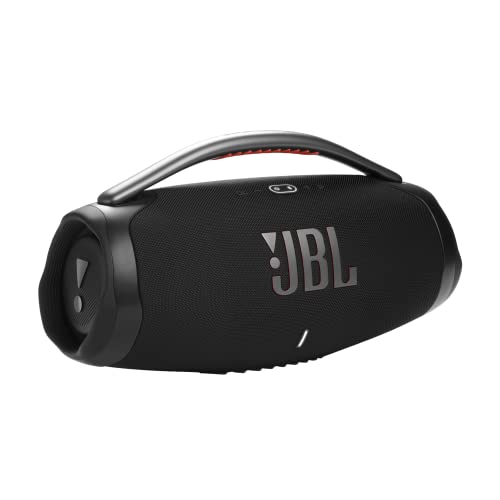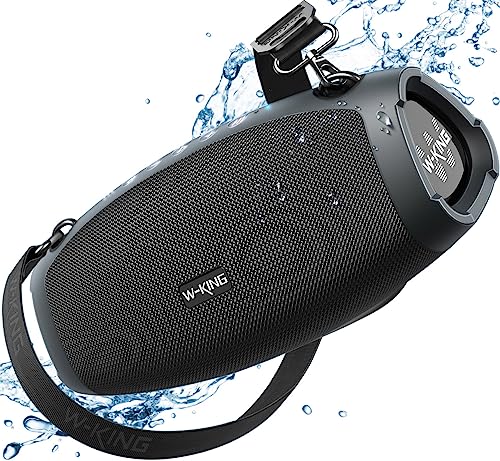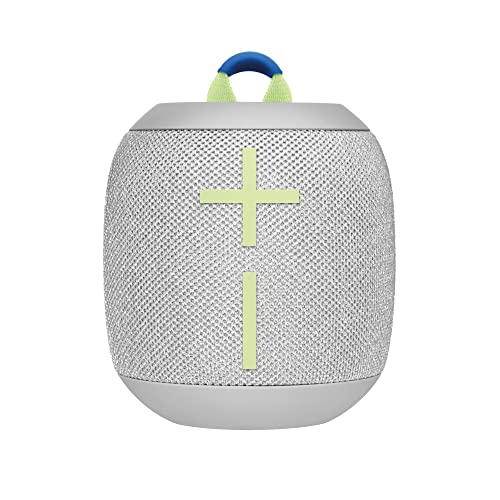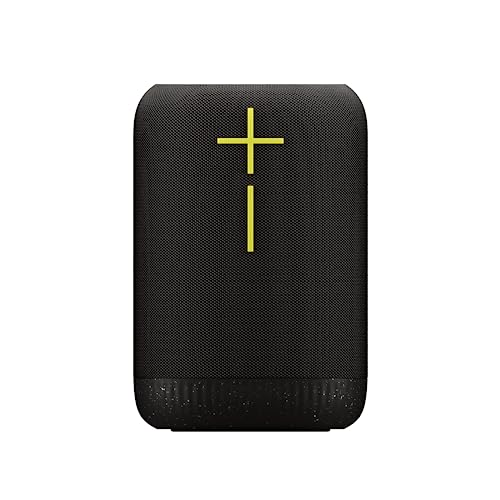Finding the best speakers for your home can revolutionize how you experience all forms of entertainment. But even the slightest connection mishap can ruin it. So, to make sure you have the best sound quality, we’re going to explain how to reduce white noise in speakers. And, for those interested in the wireless tech of their speakers, read our guide to AirPlay or Bluetooth for speakers.
Key Takeaways_
- Reducing white noise is typically a quick fix and significantly improves the listening experience.
- White noise is often caused by loose connections, broken or worn speaker wires, or speaker damage.
- Untangling speaker wires is another method that sometimes gets rid of unwanted additional sounds.
White static noise is a hissing sound from your speakers when you’re not playing music or other audio. It’s annoying to hear. There are a handful of reasons for this, such as a loose connection or speaker wires, damaged speaker cones, and sound wave interference.
If you have a problem with one of your speakers’ cones, read up on how to recone a speaker.
But what else can you do to reduce white noise?
Enhance Your Speaker Setup
If you’re looking to optimize your speaker setup, consider exploring different speaker types and configurations. Understanding the differences between 4-way and 2-way speakers can help you choose the right option for your audio needs. Additionally, exploring the benefits of in-wall versus bookshelf speakers can provide insights into space-saving solutions and audio performance. These considerations can significantly enhance your listening experience.
STEP 1 Examine Wires and Connections
- After plugging in your speaker, check each connection port and wiggle each wire.
- Listen for noise issues, and if you can hear any annoying sounds, white noise increases or decreases as you continue to jostle the wire.
- To check for noise issues as you jostle the wires around. As you do this, pay attention to see if you hear any annoying sounds. If you hear the white noise increase or decrease when you wiggle a wire, you likely have a bad connection.
- If you detect any loose or damaged connections, you’ll have to either tighten the port or replace the connector.
- Switch off the power to your speaker and examine each strand of wire. Check for any frays, cuts, or kinks. If you find one, purchase a new wire and replace it.
- More likely than not, the problem will be the end of a frayed wire. In this case, get a pair of wire strippers or cutters. Remove the end and connect it back to the speaker.
Expand Your Audio Setup
Exploring wireless technology options can further enhance your audio setup. Consider the benefits of AirPlay versus Bluetooth speakers to determine which suits your connectivity preferences best. Additionally, integrating Bluetooth speakers with your TV can elevate your home entertainment experience. These additional tips provide valuable insights for expanding your audio capabilities seamlessly.
STEP 2 Examine Speakers for Damages
- If you have a speaker that isn’t enclosed in a box, check the cone for any tears. The cone is a paper diaphragm that, once broken, can cause anywhere from loud sounds to soft white noise.
- If your speaker is enclosed, take it apart and examine the cone.
- If the cone is damaged, you’ll either need to buy a self-repair kit or have a technician service your speaker.
STAT: The difference between white, pink, and brown noise is the intensity of their frequencies. White noise has the highest, followed by pink noise, then brown noise. (source)
STEP 3 Rearrange Speaker Wires to Prevent Interference
- If you’ve checked the wires and speakers for damages and found nothing, check if you have audio cable problems.
- If they are crossed or wrapped around each other, radio frequency interference can cause.
- Untangle and separate them, then check to see if the white noise is gone.
warning
When installing speakers in unique environments like motorcycles, ensuring proper installation is crucial to prevent damage. Be cautious about how to install Bluetooth speakers on a motorcycle to avoid potential vibration-related issues. Additionally, understanding how to lock Bluetooth speakers can prevent theft and ensure your investment stays secure. Taking these precautions will help maintain the longevity and functionality of your speakers.
If you need tips on sound repair, we have a great article covering how to repair blown speakers.

